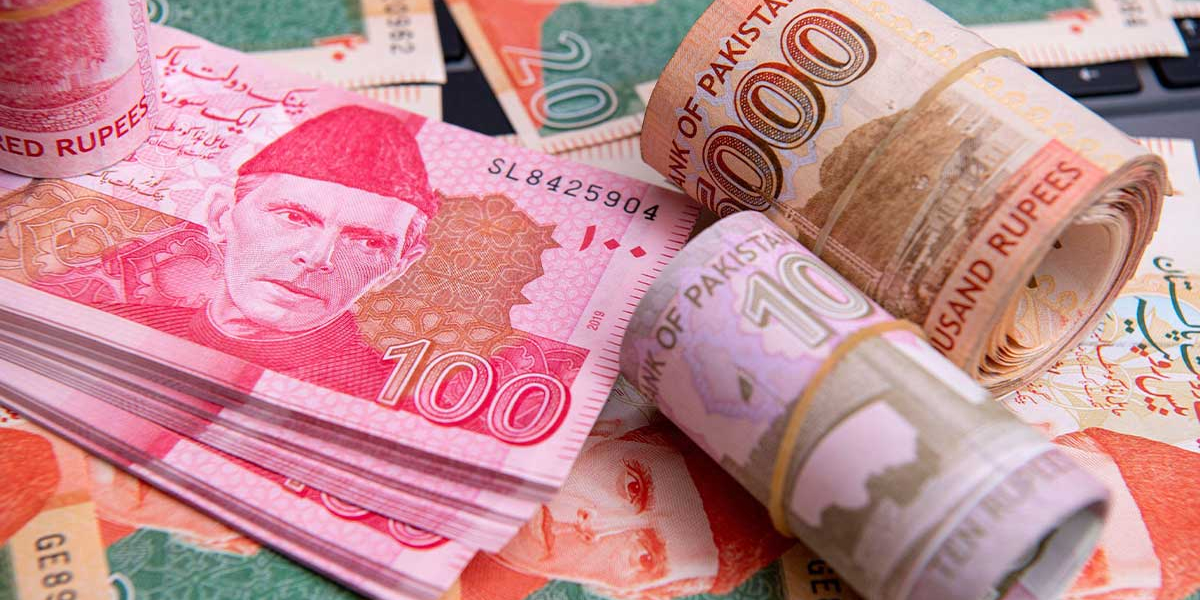KARACHI: The local unit is projected to remain constant at around 184 levels against the dollar next week as a result of the interest rate hike and the SBP’s attempts to restrict imports and alleviate inflationary pressures, according to analysts.
They said that the Supreme Court’s decision to overturn the Speaker’s ruling on PM Imran Khan’s no-confidence motion gave some support to the domestic currency, which had been at record lows for 17 straight sessions since March. The local currency has lost 1.49 percent in the last three sessions, reaching an all-time low of 188.18 against the dollar on Thursday in the interbank market.
The euro, on the other hand, bounced back after nearly three weeks of losses to close at 184.68 on Friday.
“There has been a concern on what would happen if the political conditions don’t normalize, but the currency market is unlikely to give a negative knee-jerk reaction to the fast-changing political developments,” said a foreign exchange dealer, The News reported.
“The central bank’s measures also gave confidence to investors and markets. We expect the rupee to be stable in coming week,” he added.
While the pressure on the currency has been relieved for the time being, this war is far from won, according to a report from Tresmark.
“There are some positives: remittances are expected to shoot up due to Ramadan, exports are following a robust trajectory, and outflows from SCRA [special convertible rupee account] have slowed down,” it said. The report, citing analysts, said the central bank was targeting a real effective exchange rate of around 95 (it was 97.80, at the end of February) which would come to approximately 185/$ for today.
“However, new incoming government will need to get the IMF quickly back on track and garner support to boost reserves, and foreign investors will need to be wooed back.”
“Interest rates may need another round of adjustment really soon and non-essential imports may require to be temporarily halted,” it added.
The rupee plummeted to an all-time low, owing to the political vacuum created by the absence of a government. The meltdown may have also led to the International Monetary Fund (IMF) temporarily postponing its program and the lack of certainty around China’s deposit rollover. In the week ending April 1, the State Bank of Pakistan’s (SBP) currency reserves decreased to $11.139 billion. In August 2021, the reserves reached a new high of $20 billion.
Traders and analysts were concerned about the rupee’s quick devaluation and the consequences, which included higher inflation, dollarization, and unpredictable trade settlement, according to the article. The looming catastrophe in Sri Lanka had already frightened investors. In such a setting, it appeared that central bank action would be pointless.
The SBP convened an emergency monetary policy meeting on Thursday and raised interest rates by 250 basis points to 12.25 percent. Despite the fact that this was disclosed in the monetary policy statement on Thursday, secondary market trade and cutoffs from recent auctions had already indicated a strong rise. “The market was mainly encouraged by this since it demonstrated SBP’s desire and resolve to confront the looming crisis proactively,” according to the research.
The central bank has unveiled a slew of other policies with the goal of reducing imports. All of this, combined with some dollar liquidity, had the desired impact, and the rupee strengthened to 184.50 the next day. According to the paper, the incident also highlighted some of the advantages of establishing autonomous and robust institutions.

















